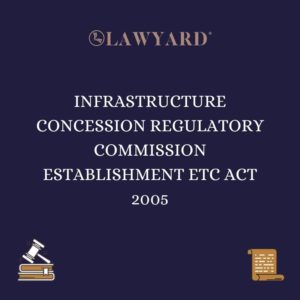Reflections on Order 6 Rule 4 of the Court Of Appeal Rules, 2016; Making a Case for an Affidavit of Notification
Lawyard is a legal media and services platform that provides…
The popular notion shared by many trial lawyers and authors remains that all appeals, by way of rehearing, shall be brought by way of notice of appeal and filed in the registry of the court below vide Order 7 Rule 2 of The Rules.
Also, it is the practice that where an interlocutory decision as of right or that requiring leave of the court is to be challenged by an aggrieved party, where brought within time i.e. 14 days, it should be filed at the court below first.
It is trite that once out of time, the court below becomes without vires to entertain the application for enlargement of time within which its own decision can be appealed against; the court below lacks jurisdiction as only the court of appeal has the vires to grant the application for enlargement of time when satisfied that the appellant has shown good grounds why the appeal was filed out of time and why the grounds of appeal should be heard vide Order 6 Rule 9 (2) of The Rules.
It is equally the position that interim orders pending appeal, such as stay of execution and stay of proceeding, must be filed at the court below, first – some authors tie this to 0rder 6 Rule 4 of The Rules and it is even believed, albeit erroneously, by some trial lawyers that all applications pending appeal must be filed at the lower court before bringing or filing the application at the registry of the court of appeal. It is to this unknown we turn.
Read more by downloading the full article here
Lawyard is a legal media and services platform that provides enlightenment and access to legal services to members of the public (individuals and businesses) while also availing lawyers of needed information on new trends and resources in various areas of practice.













